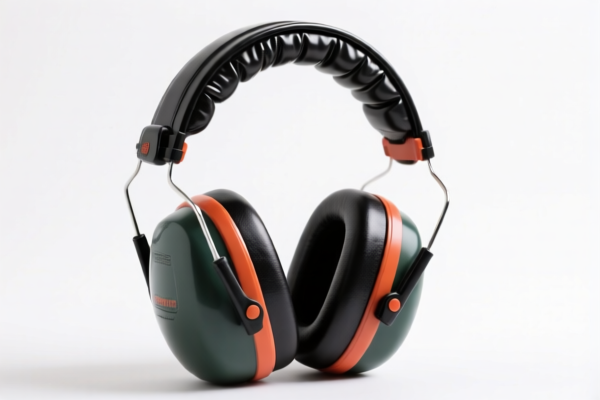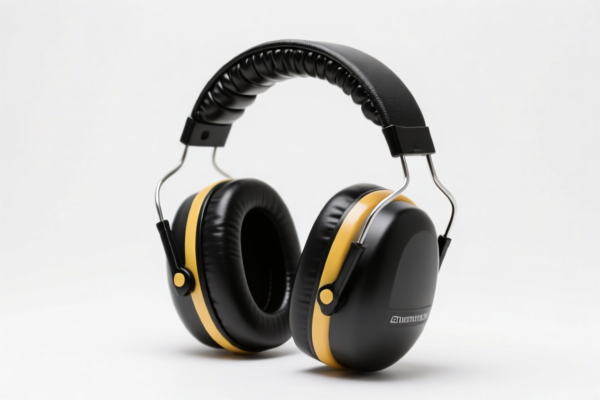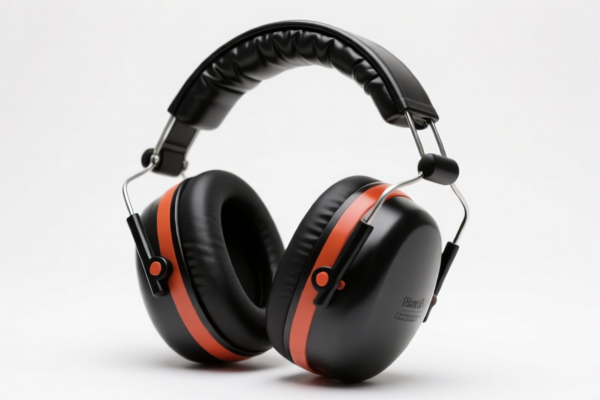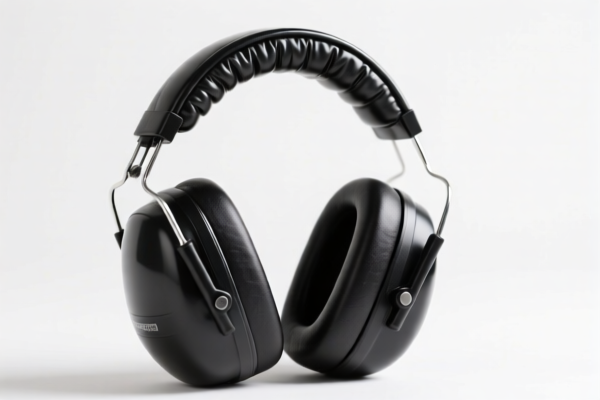| HS Code | Official Doc | Tariff Rate | Origin | Destination | Effective Date |
|---|---|---|---|---|---|
| 8306100000 | Doc | 35.8% | CN | US | 2025-05-12 |
| 8306290000 | Doc | 30.0% | CN | US | 2025-05-12 |
| 8305906000 | Doc | 43.2% | CN | US | 2025-05-12 |
| 8305903050 | Doc | 30.0% | CN | US | 2025-05-12 |
| 6114909070 | Doc | 35.6% | CN | US | 2025-05-12 |
| 6114901060 | Doc | 38.4% | CN | US | 2025-05-12 |




Sound Isolating Earmuffs
Sound isolating earmuffs are protective gear designed to reduce the level of ambient noise reaching the wearer's ears. They achieve this through a combination of materials and construction techniques, differing from noise-cancelling headphones which use active electronics.
Material
The core components of sound isolating earmuffs are:
- Earcups: Typically constructed from dense foam (often polyurethane or memory foam) encased in materials like plastic, leatherette, or fabric. The density and composition of the foam are critical to noise reduction.
- Sealing Ring/Cushion: A soft, often gel-filled or foam ring that creates a tight seal around the ear. This is the most important component for passive noise isolation. Materials used include silicone, leather, or specialized foams.
- Headband: Provides the structure to hold the earcups in place. Commonly made of metal or plastic with padding for comfort.
- Shell: The outer casing, usually plastic, which protects the internal components and contributes to structural integrity.
Purpose
The primary purpose of sound isolating earmuffs is to protect hearing from damaging noise levels. They are also used for:
- Concentration: Blocking distractions in noisy environments.
- Comfort: Reducing noise-induced stress and fatigue.
- Sleep: Creating a quieter environment for restful sleep.
- Shooting Sports: Protecting hearing from the loud reports of firearms.
- Industrial Work: Protecting workers from machinery noise.
Function
Sound isolating earmuffs function by creating a physical barrier to sound waves.
- Passive Noise Reduction: The dense materials and tight seal block sound from entering the ear canal. The effectiveness is measured by a Noise Reduction Rating (NRR) in decibels (dB). Higher NRR values indicate greater noise reduction.
- Air-Tight Seal: The key to effectiveness is maintaining a complete seal around the ear. Proper fit is essential.
- Damping: The foam materials absorb and dampen sound vibrations.
Usage Scenarios
- Construction Sites: Protecting workers from jackhammers, saws, and other loud machinery.
- Airports: Reducing noise from jet engines and ground traffic.
- Shooting Ranges: Protecting hearing from firearm reports.
- Manufacturing Facilities: Protecting workers from repetitive loud noises.
- Concerts/Events: Reducing noise exposure for attendees.
- Studios/Recording Environments: Blocking external noise for clear recording.
- Travel: Reducing noise on airplanes, trains, or buses.
- Sleeping: Creating a quieter environment for better sleep.
Common Types
- Over-Ear (Circumaural): Completely enclose the ear. Generally provide the highest level of noise isolation.
- Cup-Type: A common design for industrial use, featuring large, robust earcups.
- Foldable: Designed for portability and easy storage.
- Electronic/Active Earmuffs: These combine passive isolation with electronic circuitry that actively reduces noise (noise-cancelling). They often include microphones to amplify desired sounds like speech.
- Gel-Filled Cushions: Offer enhanced comfort and sealing ability.
- Infant/Baby Earmuffs: Smaller sizes designed for protecting infants' hearing.
- Slotted/Band-Type: Designed to be worn with hats or helmets; typically offer lower levels of isolation.
Sound isolating earmuffs are protective gear designed to reduce or block external noise, commonly used in environments with high noise levels such as construction sites, factories, or during shooting activities. They are typically constructed with materials that absorb and dampen sound waves, providing hearing protection for the wearer.
The following HS codes may be relevant based on the provided reference material:
- 8306100000: This HS code covers bells, gongs and the like, nonelectric, of base metal; statuettes and other ornaments, of base metal; photograph, picture or similar frames, of base metal; mirrors of base metal; and base metal parts thereof. While not a direct match, if the earmuffs contain significant base metal components (e.g., headband, ear cup frames), this code could be considered. The basic duty is 5.8%, with no additional duty currently, but a 30% additional duty will apply after April 2, 2025, resulting in a total tariff of 35.8%.
- 8306290000: This HS code covers statuettes and other ornaments, and parts thereof: Other. If the earmuffs are considered ornamental or decorative in nature, this code might apply. The basic duty is 0.0%, with no additional duty currently, but a 30% additional duty will apply after April 2, 2025, resulting in a total tariff of 30.0%.
- 8305906000: This HS code covers fittings for looseleaf binders or files, letter clips, letter corners, paper clips, indexing tags and similar office articles, and parts thereof, of base metal; staples in strips (for example, for offices, upholstery, packaging), of base metal: Other, including parts: Other. This code is less likely to be applicable unless the earmuffs are specifically designed as components for office or packaging applications. The basic duty is 5.7%, with an additional duty of 7.5% currently, and a 30% additional duty will apply after April 2, 2025, resulting in a total tariff of 43.2%.
According to the provided reference material, the HS code options related to 'sound isolating earmuffs' are limited, with only the following 3 found.
It is important to note that the final HS code classification will depend on the specific materials, construction, and intended use of the earmuffs.
Customer Reviews
No reviews yet.